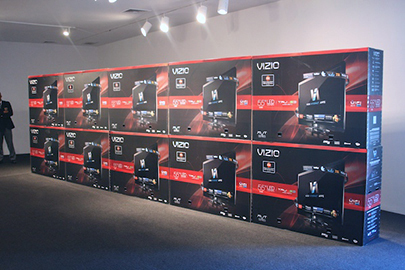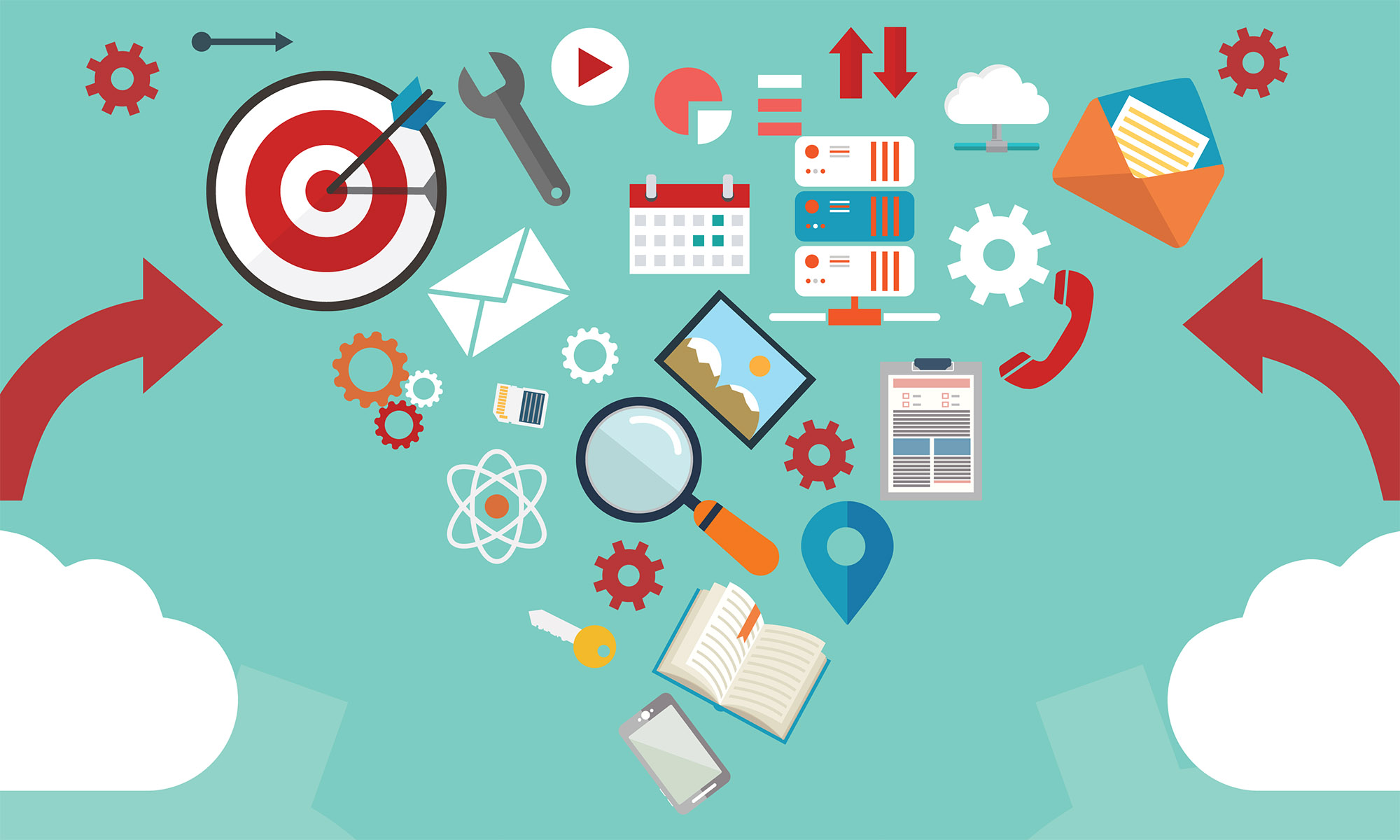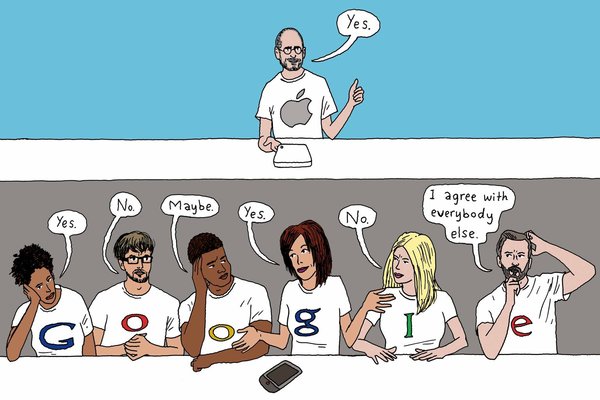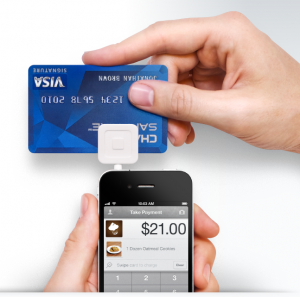
From an article at The Verge: Vizio has 414 US employees who oversee a vast army of suppliers making their products at the manufacturing level. The founder says that 50 percent of their job is orchestrating.
And why are the TVs so low-cost?
“We’re here to make innovative technology a commodity,” Wang told Inc magazine at the time.“ We’re not here to build cheap product, we’re here to make the product affordable.”
You know Vizio for its affordable LED TVs sold at Costco and Walmart… and maybe for its tablets or monitors. But they also are making PCs.
“PCs aren’t going away,“ says McRae. “They’re still extremely important devices in people’s lives and they’re really becoming an entertainment product as much as a productivity product. And if it’s an entertainment device, it’s in our wheelhouse. We do entertainment devices pretty well.” Vizio first tried to expand beyond TVs into smart devices with the Vizio Phone and Tablet, which launched at CES 2011, but McRae killed the phone after dealing with carriers proved frustrating and expensive. PCs and tablets can be sold directly to consumers — something Vizio is pretty good at.
They have innovative ideas about the direction of PCs:
“The tablet has forced the PC industry out of its slumber. There wasn’t much going on. But the next three to five years in PCs will actually be very interesting. You’re going to see new form factors, you’re going to see touch embedded over time.


